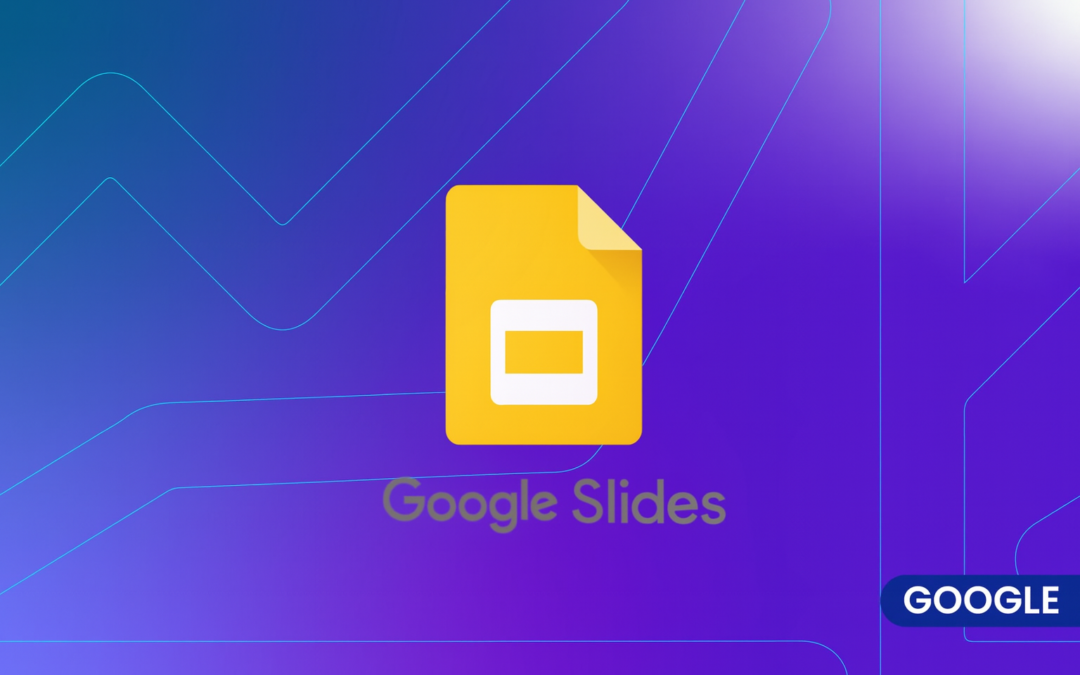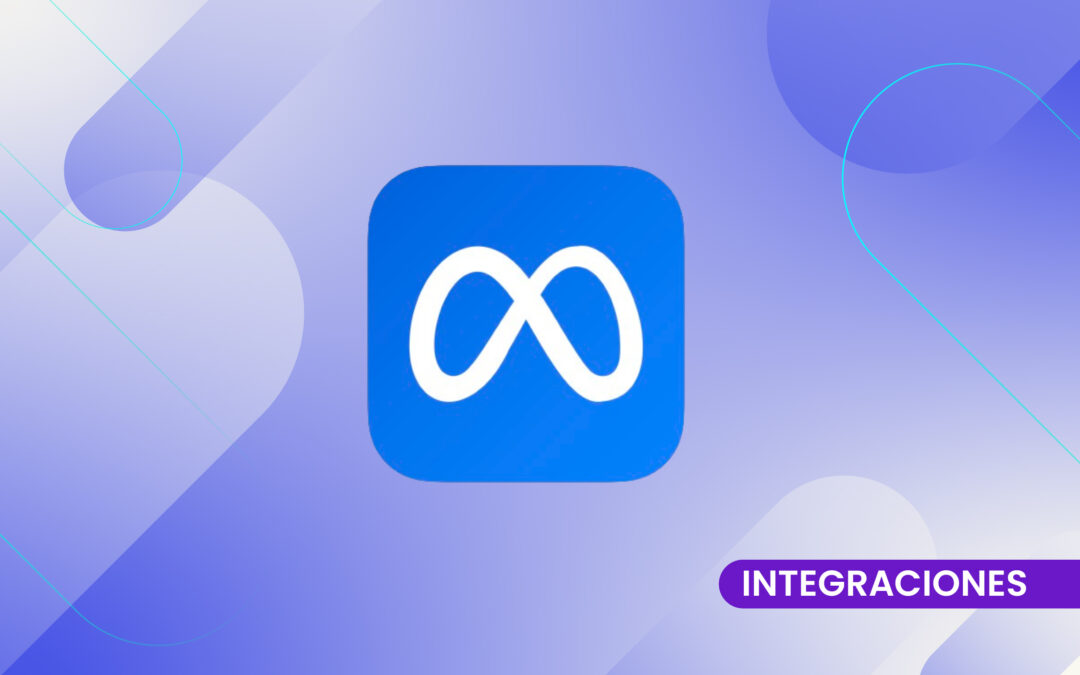Choosing the right project management tool can be crucial to your team's success. Asana and ClickUp are two of the most popular options on the market, each with their own features and benefits. In this post, we'll compare Asana and ClickUp to help you decide which tool is best for your needs.
Asana
Asana is a project management tool known for its intuitive interface and its ability to organize tasks efficiently. It is ideal for teams looking for a simple yet powerful solution to manage projects and collaborate in real time.
Main characteristics of asana:
- task lists and Kanban boards: Allows users to organize their tasks in lists or Kanban boards, providing flexibility in project management.
- timeline: A Gantt chart-like view that helps to plan and visualize the progress of the project.
- integrations: Integrates with more than 100 applications, including Slack, Google Drive and Microsoft Teams.
- Customized forms: Facilitates the collection of structured information from team members or customers.
- advanced reporting: Provides detailed reports to monitor team progress and productivity.
Advantages of asana:
- Easy to use and user-friendly interface for beginners.
- Wide variety of integrations with other tools.
- Robust team collaboration functions.
Disadvantages of asana:
- Advanced features can be expensive in premium plans.
- It may be less flexible than ClickUp in terms of customization.
Clickup
ClickUp is a highly customizable project management tool that offers a wide range of features designed to fit the specific needs of each team. It is ideal for those looking for an all-in-one solution with a high degree of flexibility.
Main features of clickup:
- Customizable views: Offers multiple views such as lists, dashboards, calendars, Gantt charts and more.
- documents and notes: Allows you to create, edit and collaborate on documents and notes directly within the platform.
- automations: Automates repetitive tasks to save time and increase efficiency.
- time tracking: Incorporates time tracking functions to monitor the duration of tasks.
- objectives: Helps establish and track the progress of the team's objectives.
Advantages of clickup:
- Highly customizable to suit the needs of different teams.
- Wide range of features in the free plan.
- Advanced functions such as automations and time tracking.
Disadvantages of clickup:
- It can be overwhelming for new users due to its large number of functions.
- The interface may seem more complex compared to Asana.
Price comparison
Asana:
- Free plan: Includes basic functions for up to 15 users.
- Starter Plan: $10.99 per user/month, offers advanced features such as Timeline, custom fields and more.
- Advanced Plan: $24.99 per user/month, includes additional features such as portfolios, rules and approvals.
Clickup:
- Free plan: Includes a large number of functions, ideal for small teams.
- Unlimited Plan: $5 per user/month, adds features such as unlimited integrations, dashboards and more.
- Business Plan: $12 per user/month, offers advanced features such as automation and advanced reporting tools.
Both Asana and ClickUp are powerful tools for project management, but the choice between them depends on the specific needs of your team. If you're looking for a simple interface and a wide variety of integrations, Asana may be the best choice. On the other hand, if you need a highly customizable solution with a robust free plan, ClickUp might be the ideal tool for you. Evaluating the features and pricing of each will help you make an informed decision.





